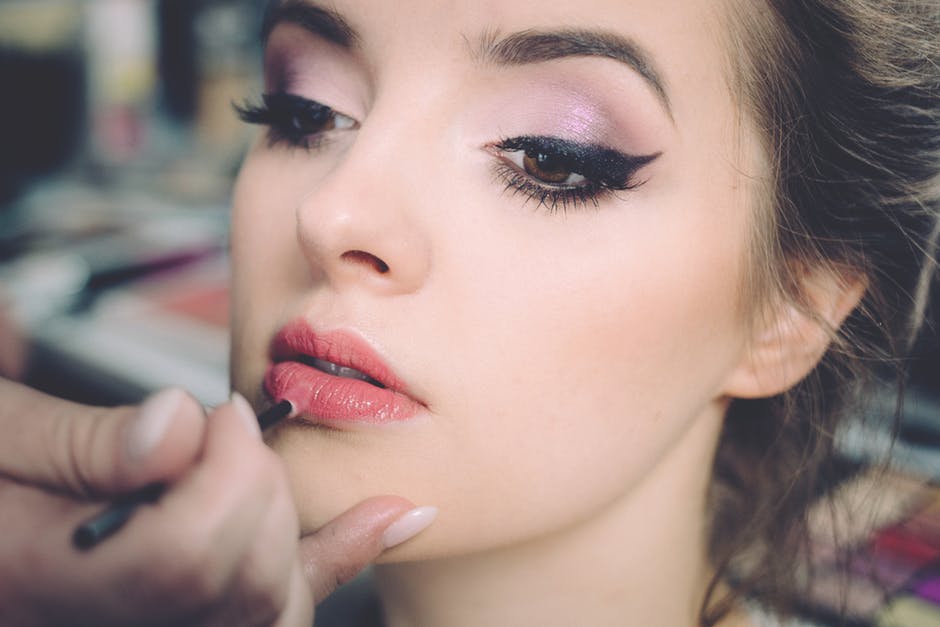As a rule, economic hard times don’t affect the beauty industry severely. Even though consumers start being more price conscious during those times, they still tend to spend money on beauty products and procedures. In today’s environment of rising per capita incomes, the beauty business is flourishing.
Beauty Industry
In 2015, the industry accounted for $56.2 billion in the US. Hair care, the largest sector, boasts 86.000 locations. Skin care comes next and is growing with rapid advances. It’s anticipated to bring revenue of almost $11 billion by 2018. This is because people are becoming more and more aware of the importance of skin care. On the other hand, such growth is based on an increase in the market for men.
| US Beauty Industry Segments | Market Share by Revenue |
| Hair care | 24% |
| Skincare | 23.7% |
| Cosmetics | 14.6% |
| Perfumes and colognes | 9.5% |
| Deodorants, antiperspirant, feminine cleaning | 8.5% |
| Oral hygiene | 5.6% |
| Other | 14.1% |
Merchants in the beauty industry should look for a reliable payment processor to turn for payment processing. Emerchantbroker.com, a reputable merchant services provider, offers the best beauty merchant account in the industry. EMB is voted the #1 high risk processor in the US and is one of Inc. 500’s Fastest Growing Companies of 2016. EMB is an award-winning payment processing company that boasts an A+ rating with the BBB.
Beauty Product Companies
Today there is a demand for natural beauty products, creams featuring special ingredients, serums that are developed for specific beauty issues, and cosmetics that can be used for a variety of purposes. This has resulted in increased interest in small and midsize players in the cosmetic ingredients sector.
Mark Dixon, chief thinking officer at ThinkingLinking, a global mergers-and-acquisitions firm specializing in emerging growth markets and investors, consumers aren’t only concerned about what they’re wearing on their bodies, but also what they’re putting in their bodies.
Dixon further notes today some parts of the sector are consolidating. This refers to those slices that previously lacked consolidation. The middle market is being consolidated by the middle market, and then the big players can acquire them eventually.
Nowadays, shoppers can easily access both products and information about them. That’s why they can easily choose cosmetics that contain, or don’t contain, particular additives and provide specific results. Such situation enables smaller, independent and flexible beauty companies enter the market and develop loyal customers.
The way big players manage their acquisitions has changed recently. They used to buy a company and try to integrate it as quickly as possible. Now, big beauty companies tend to allow the small companies they acquire do what they do best and don’t interfere too much. What these small companies do they fill in gaps, serving as a new audience or customer group.
As Karen Grant, global beauty industry analyst at NPD Group mentions even if your company is small today, this doesn’t mean it can’t become big tomorrow. Not a single brand should be underestimated.


